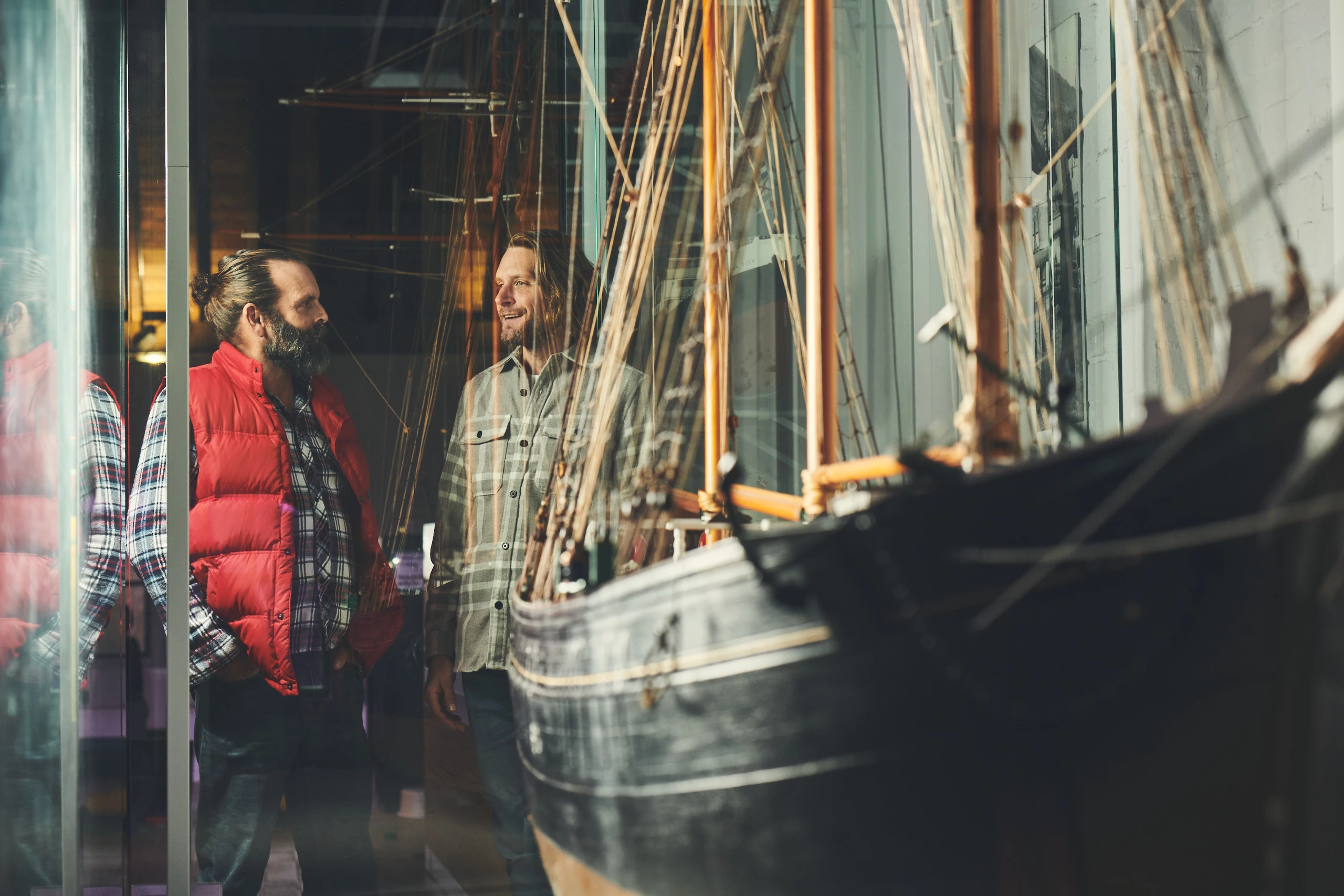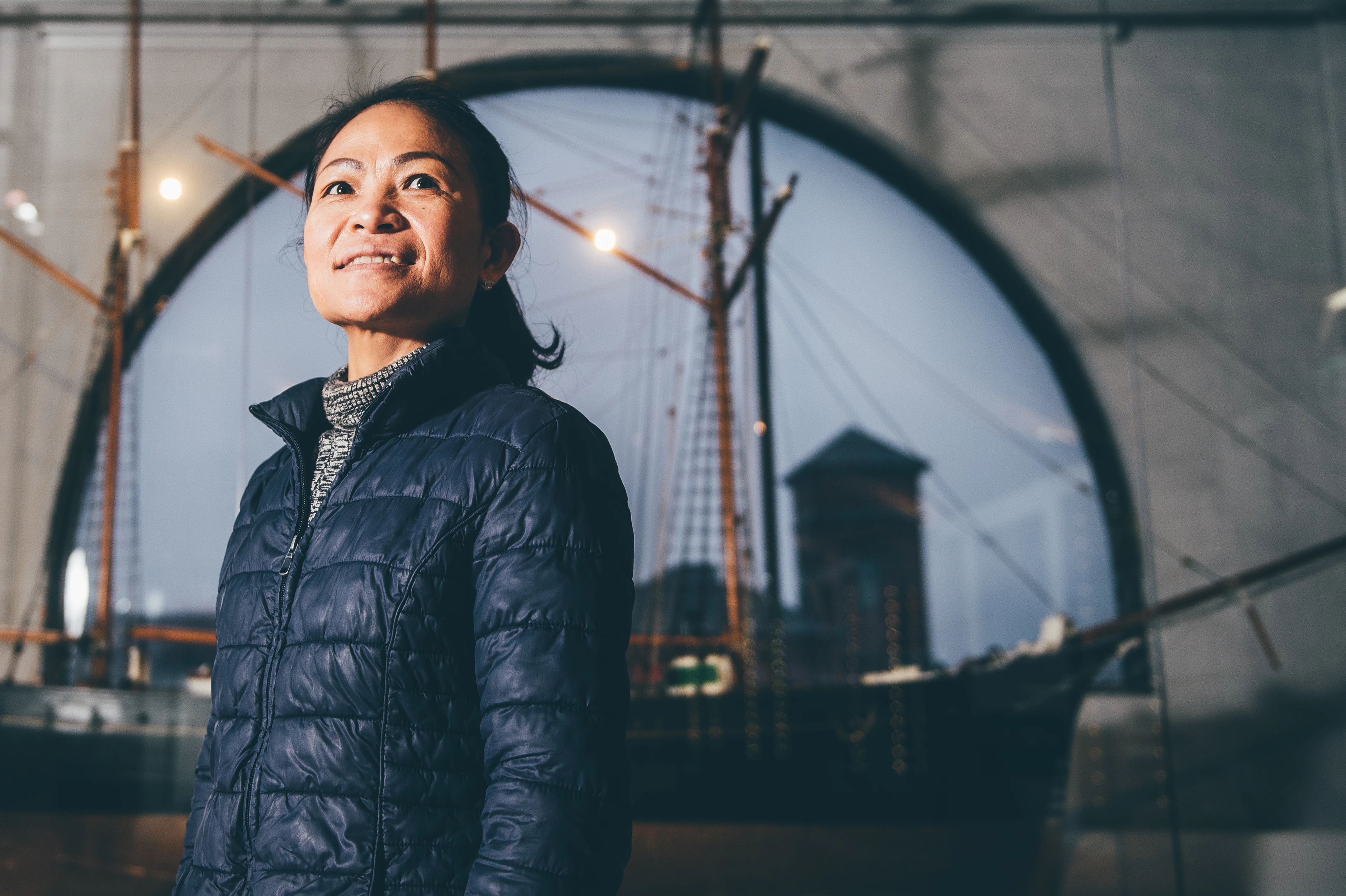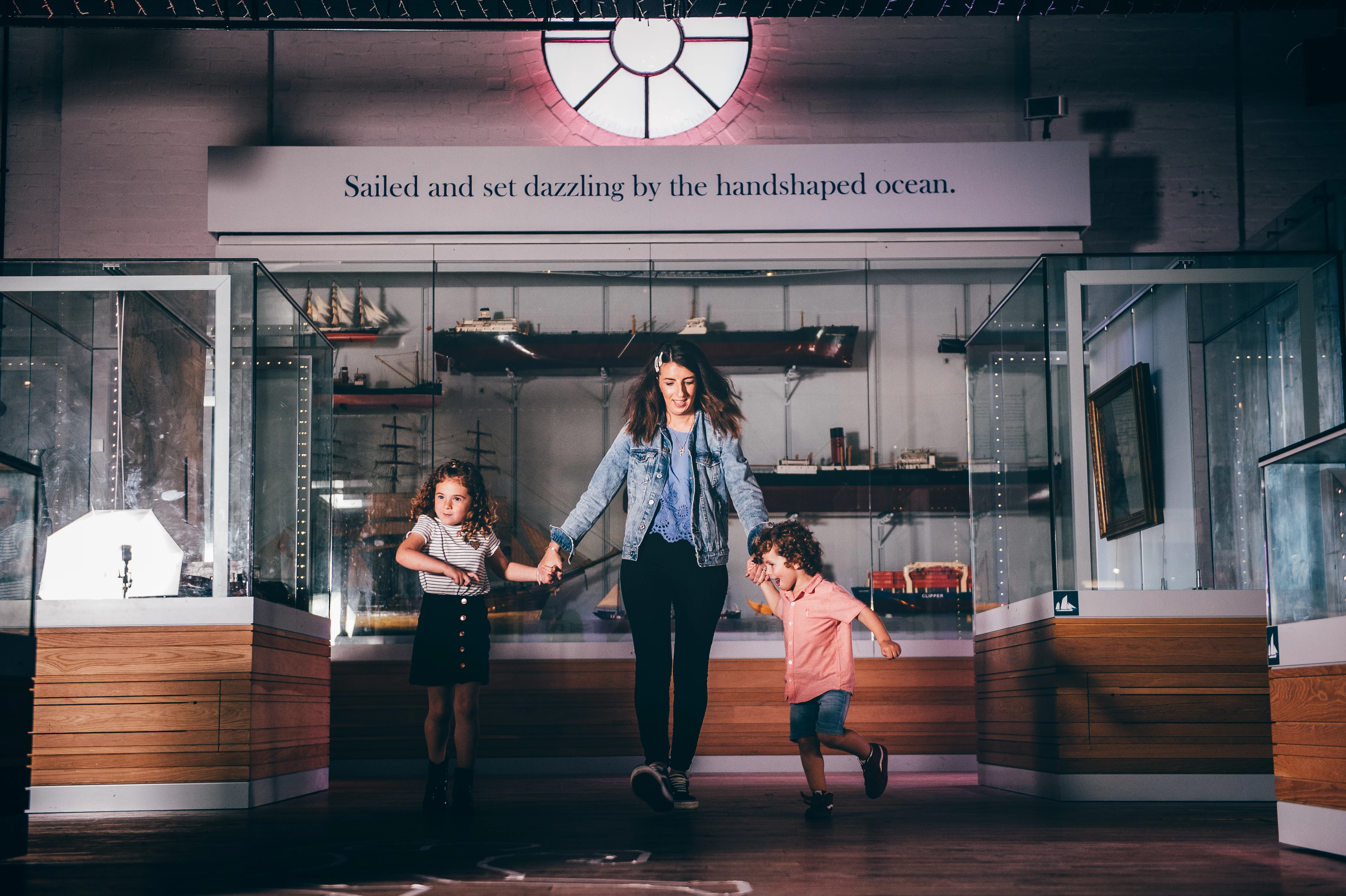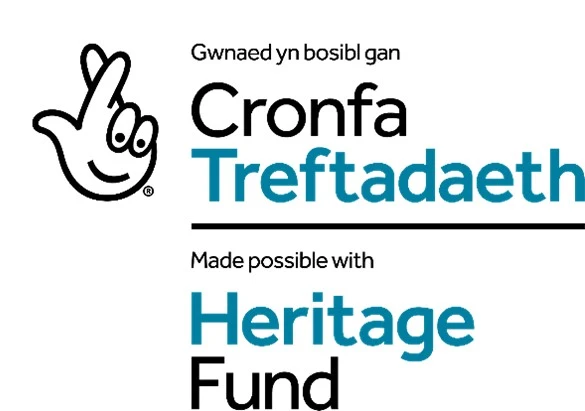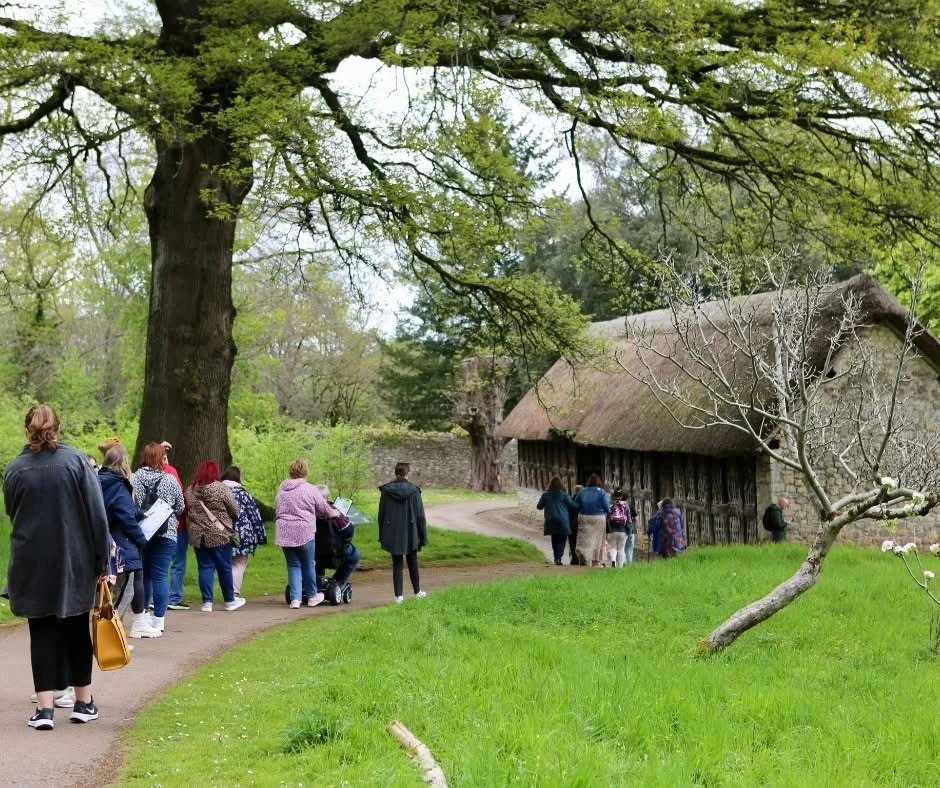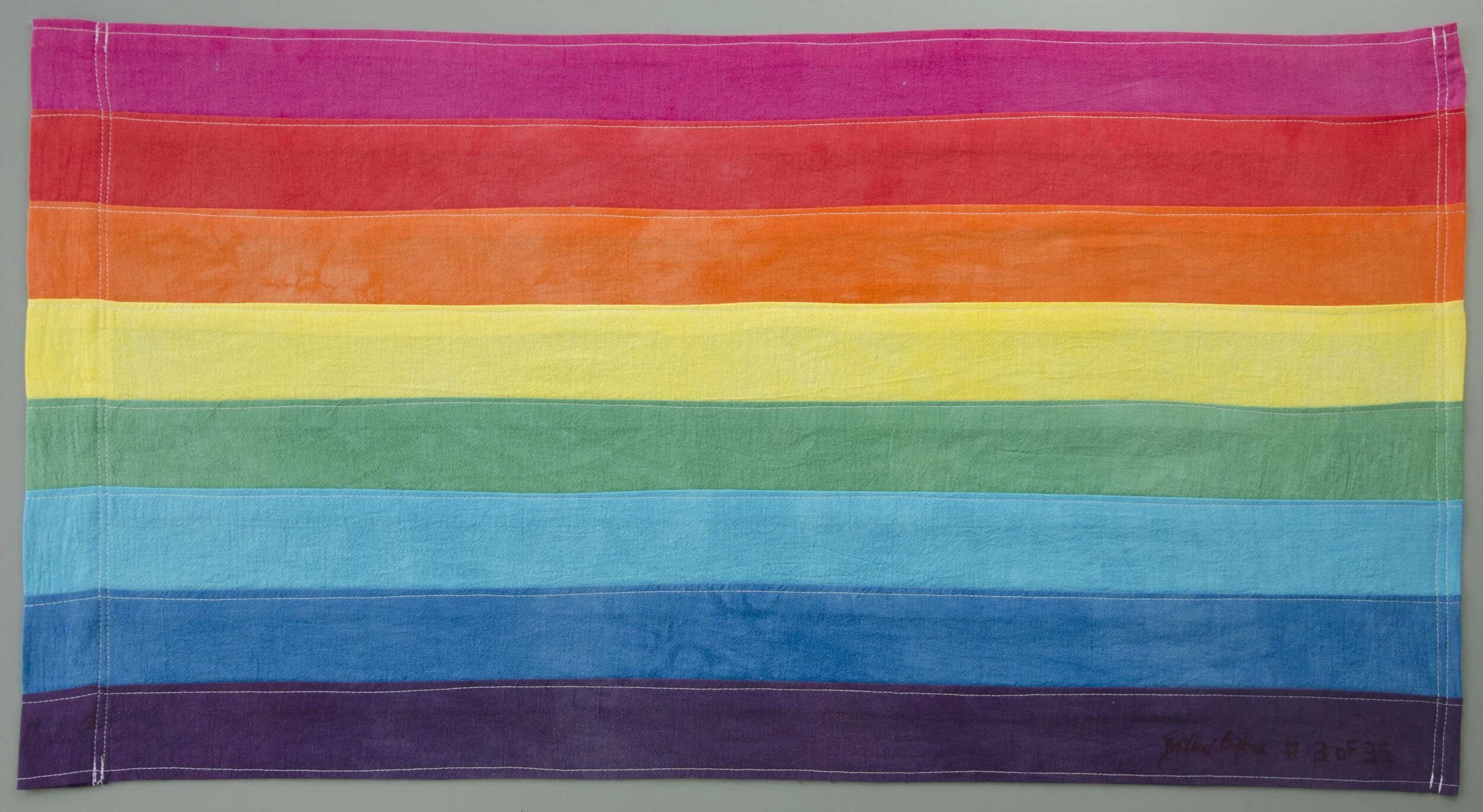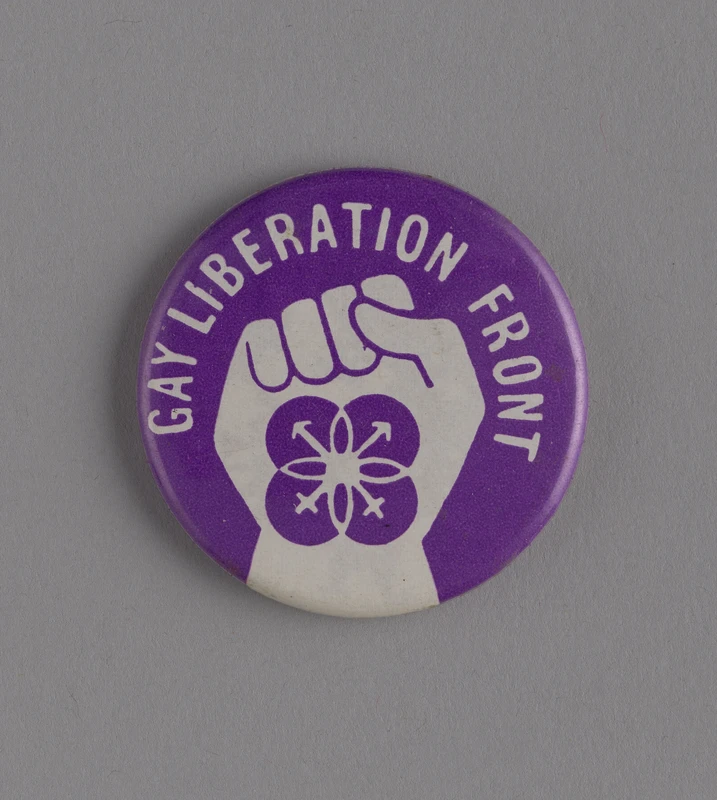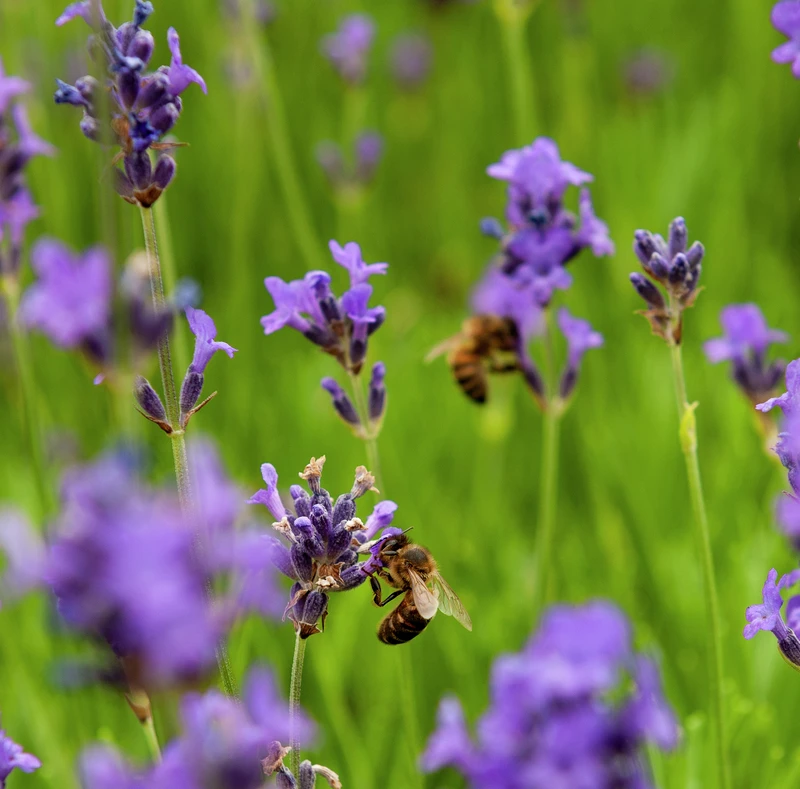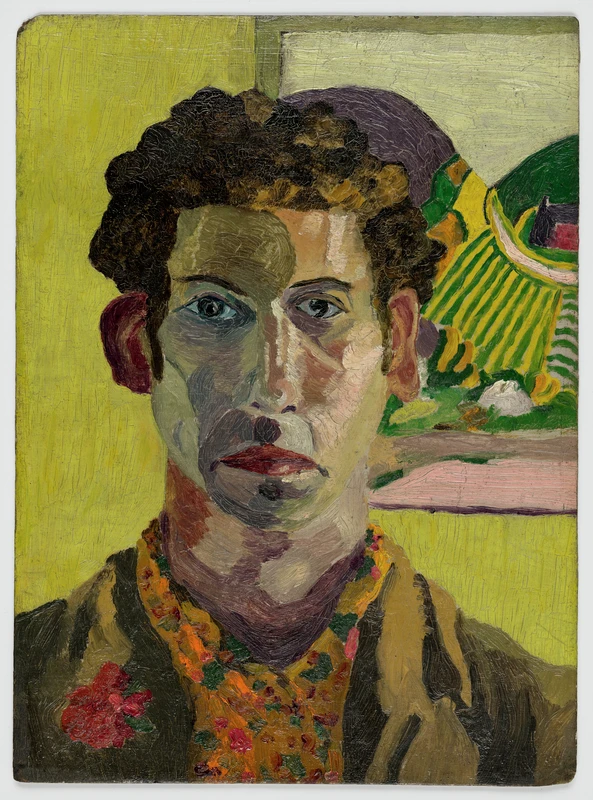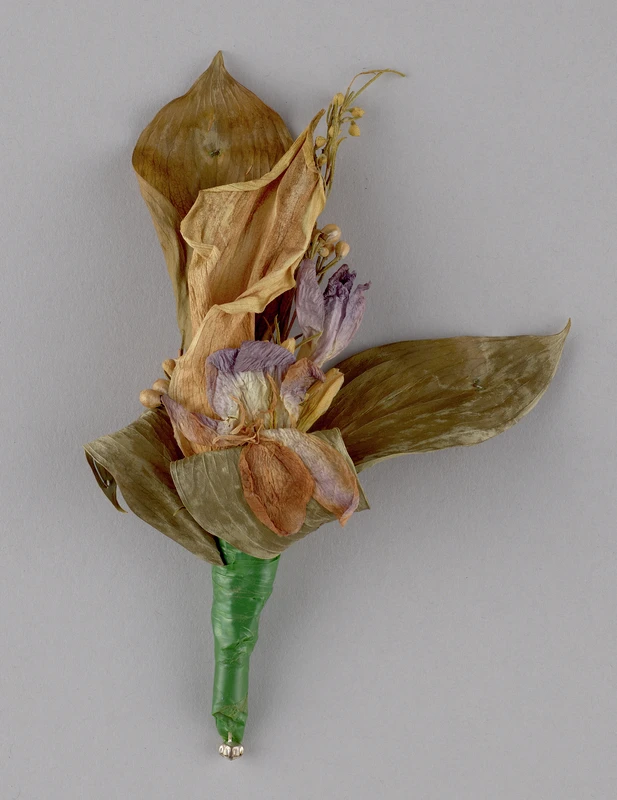Setting Sail on a New Chapter: Reimagining the National Waterfront Museum
, 25 September 2025
Earlier this year, I took the helm at the National Waterfront Museum, and as we enter the Autumn it already feels like we’re catching the wind in our sails. From my very first day, I’ve been inspired by the passion and expertise of our team, who love and breathe the extraordinary stories held in our collections. Their insights, and the warm welcome I’ve had from Swansea itself, have convinced me of one thing: this museum has the potential to be a destination that surprises, delights and connects people in new ways.
Anchoring Our Story
One of the first challenges we’re tackling is how we tell our story. Visitors often arrive and are unsure of where their journey should start. With three different entrances and meandering routes, it’s easy to lose your bearings. Add to that an expectation (based on our name and location) that the museum is about the sea, and Wales’s maritime stories, and you can see why some visitors leave a little puzzled.
Visitors are often curious about the story behind our historical warehouse. What was it built for? Why is it here? And for too long, we realised, we hadn’t been telling the story behind this remarkable building.
The Warehouse stands proudly in its original setting, where it once overlooked a bustling dock alive with ships, dockworkers, and the rhythm of industry. Here, the Warehouse played its part in the great exchange between Wales’s heavy industries and the wider world across the sea.
It is that story that inspired us to turn our gaze seaward, to let the sea guide how we tell our stories: the sea really is at the heart of our vision. It’s the thread that ties everything together – industry, art, archaeology, and the lives of communities from across Wales. From coal and copper exports, to the journeys of families who crossed oceans, the story of Wales is a story shaped by the sea.
And what better place to tell this story than in our historic Warehouse? Built in 1900 beside South Dock – now Swansea Marina – the building itself still whispers of its industrial past. Rail tracks run through its floor, the Harbour Trust office and Pump House still stand nearby. This is history you can see, touch and feel all around you.
Opening the Doors to the Sea
We’ve already begun small but powerful changes. Shuttered windows in the Warehouse are now open again, letting in light and reconnecting the space with the Marina outside. This simple act has transformed the atmosphere, and it feels like the building is breathing again. We’ve also removed bulky exhibition structures that block the view, making the Warehouse’s historic environment part of the visitor experience once more.
The Weston Hall, which links the New Gallery to the Warehouse has already seen some changes as well. We’re stripping back the clutter and reimagining it as an inspiring space of welcome and orientation. Here, visitors will encounter stunning focal points – objects that stop you in your tracks and give you that WOW moment!
Picture this: the 1842 South Bishop Lighthouse optic, restored to working order, its top glowing each day when wound by hand. Or a historic railway van positioned on the historic tracks, making the Warehouse’s industrial past visible at a glance. These aren’t just exhibits, they’re the beacons of our identity and conversation starts about safety at sea, Swansea as a City of Sanctuary, and the deep connections between Wales and the wider World.
Coffee with a View
Our café is also likely going to move. We’re scoping to relocate it upstairs to make the most of our balcony overlooking the marina. Imagine sipping your coffee with a panoramic view of the waterfront. It will also help us transform the Marina Entrance into a true front door to the museum, ready to welcome the growing number of people who pass by.
Fresh Horizons for Exhibitions
Until now, temporary exhibitions have been held in the Weston Hall, a space which was never designed to host exhibitions. This resulted in compromises and limits on what we could show. That’s about to change!
We’re expecting to create a dedicated temporary exhibition space on the mezzanine of the New Gallery. This fresh, flexible area will allow us to host high quality, ambitious exhibitions that surprise and inspire, giving visitors more reasons to return again and again.
Looking Further Ahead
The journey ahead is an exciting one for us as a museum and for Swansea. We plan to redevelop the New Gallery and Warehouse displays in line with modern exhibition standards, placing communities and inspiration for all at the heart of what we do. Over the coming months, we’ll be shaping the details, working with communities and our visitors, mapping out how to tell Wales’s story through the lens of the sea.
Until then, expect small but powerful changes – unexpected moments, joyful encounters, and new perspectives that highlight how the sea has shaped life across Wales.
A Living Museum for Everyone
I’m incredibly grateful to the team here, whose ideas and enthusiasm are steering us forward. Together with the people of Swansea and our visitors, we’re making the Waterfront a place to be explored, enjoyed, and celebrated – a living museum, full of hands-on, joyful experiences for everyone.
So come board. The tide is turning, and a new chapter for the National Waterfront Museum is just beginning.
